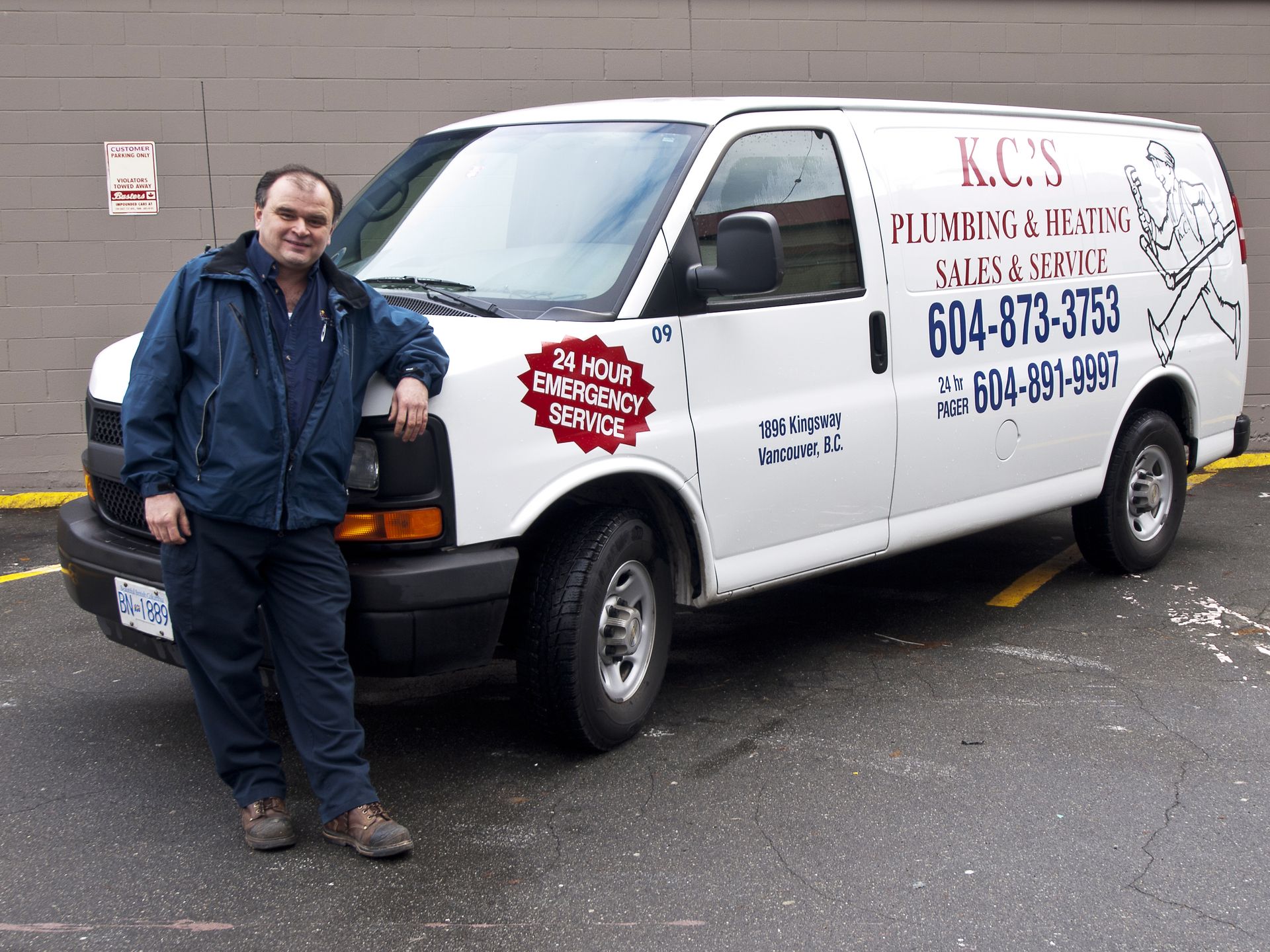Repiping Coquitlam Homes
When repiping an older home, we plumb everything with new pipe, install emergency shut off valves and complete the job by repairing drywall and stucco that had to be removed during the process. This can take a few days up to a week (or more) depending on the size and scope of the work.
What is Repiping?
Re-piping is the term used for the replacement of a failing plumbing system. It involves the removal of old hot & cold-water pipes and replacing them with new plumbing. This type of work is done after you start getting low water pressure, discolored water, or the plumbing starts to leak because of ageing, wear and tear.
When pipes begin to fail and leak, you know there will be more leaks on the way. Finding and repairing each leak will prove to be more expensive than the cost of a complete
repipe job. In this case repiping is the most efficient solution.
Plumbing Systems

Reasons For Repiping
Repiping your home protects it from potential damage from a burst pipe or mold contamination due to moisture accumulation from condensation or a slow drip somewhere. You could consider it an upgrade that could be mentioned when selling your home.
Before committing to a repipe job, consult with a professional experienced in repiping contract work. We will be able to get the work done quickly with minimal disruption, ensure local plumbing codes are adhered to and provide you with our work warranty.
Materials Used
Slab VS Raised Foundation
When there is a crawl space under a home it provides better access. We can run pipe to several areas without having to cut too many holes. Homes with a slab foundation don’t have that option so we end up cutting more holes to run new piping. This adds time and materials to the work which impacts the estimate.
If you feel repiping is in the works for you, call first to consult with us and find out what's involved.
Info on Repiping a House
Homeowners are always going to face plumbing issues . It’s inevitable. But sometimes, a simple repair isn’t enough — you need to have your entire home repiped. A complete home repipe sounds like a huge job, but you don’t need to be intimidated. In this guide, we’ll go over the entire process — from determining if you need a repipe, to choosing a plumber and what pipe materials to consider.
A little disclaimer: unless you have real-world, professional plumbing experience, repiping is not a do-it-yourself job. Repiping a house involves demolition, plumbing, reconstruction, and in some cases, using an open flame. Don’t attempt to do any of this yourself.
How Do I Know If I Need To Repipe My House?
- You are constantly paying for plumbing work and repairs. A new pipe network can get rid of lingering plumbing issues. Having a brand-new system in place will help you avoid having to do any further repairs for many years down the road.
- Your house has lead pipes. Lead pipes are only a concern in very old homes (think 1920’s or earlier). But believe it or not, there are still some houses out there with lead pipes. Lead presents some serious potential health risks.
- Your house has galvanized steel pipes. Galvanized steel was a staple in piping in American homes before World War II. The problem with galvanized pipes is that after a certain number of years they can become corroded. Once corrosion starts building up in these pipes, water flow is restricted and sediment can end up in your drinking water.
- You’re looking to do a remodel. If you’re thinking about installing new bathroom or other plumbing fixtures, replacing them and doing a repipe at the same time can save you time and money.



